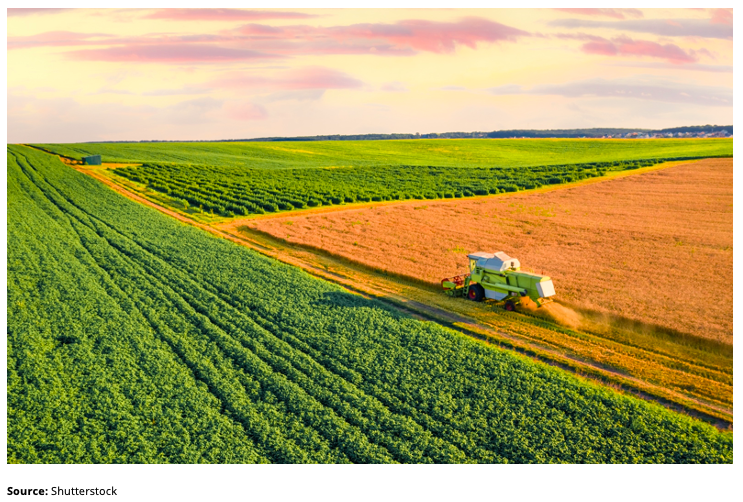Insight Focus
- Cold, wet weather in US adds to grains volatility created by Russia’s invasion of Ukraine.
- Ukrainian corn plantings remain subdued, with Agricultural Ministry forecasting crop losses of 22%.
- Prices should remain high unless Ukrainian plantings pick up.
Nixal’s Forecast
Our price forecast for 2021/22 (Sep/Oct) Chicago corn remains unchanged in a range of 5.5 to 6 USD/bu with an upside bias. The average price since the start of the new crop is running at 6.15 USD/bu.
Nixal’s Market Commentary
US corn planting is 4% complete, down 3% on the year and 2% on the five-year average. Apparently, there’s nothing to worry about at present but no progress was made last week, and it looks as though it’ll be cold and wet again this week. Planting should therefore remain delayed.

Ukrainian plantings are 11.4% complete, but just 13.4m ha should be planted this year, down 3.8m ha from 2021 as Russia’s invasion has disrupted proceedings. Corn planting is 2.2% complete and the Agricultural Minister says corn area is being reduced in favour of sunflower and soybeans.
Russian plantings are running well with 3.7% of the spring area already complete for both grains and oilseeds.
Last week, US President Joe Biden announced that he would allow the use of E15 fuel during the summer months. This should increase corn demand by 15m bu, which is not really a game changer, but supportive for prices in any case.

In South America, Argentina’s corn harvest is 19.4% complete with just 20% of corn in good-to-excellent condition. The Rosario Grain Exchange in Argentina said it was expecting corn and wheat plantings to fall by 10-30% due to high input costs. It’s also expecting 10-15% of corn area to change to soybean, which is less fertiliser intensive, and up to 30% of the wheat area to change to less fertiliser intensive crops.
Brazil’s first corn crop is now 56.7% harvested while Safrinha plantings are basically finished (99.8%). Conditions are favorable across most areas.
On the wheat front, good tender activity pushed prices higher and US wheat conditions were just 32% good-to-excellent early in the week, down 21% on the year as dry weather damaged the winter wheat.
The weather is now adding to the volatility caused by Russia’s invasion of Ukraine. Winter wheat conditions are bad in the US for this time of the year. Rainy weather could still turn that situation around but may also delay plantings.
We still don’t know how much corn will be planted in Ukraine, but its Agricultural Ministry is forecasting area losses of 22% for all spring crops. It’s also expecting corn area to drop and be replaced by less fertiliser intensive crops.
All in all, there are a lot of issues on the supply side which should mean prices remain high. The only downside risk would be a quick end to the war allowing Ukrainian farmers to get closer to the area planted last year.
Other Insights That May Be of Interest…
Ukraine & Grains: Who is Most at Risk?
Russia & Ukraine Grains Likely to Be Disrupted into H2’22
Ukrainian Grains Production Faces Severe Delays
Explainers That May Be of Interest…













